Content of the article
- /01 What is White Label SEO?
- /02 Who is White Label SEO for?
- /03 How White Label SEO works in practice
- First contact and preliminary assessment (pre-sales → scoping)
- Formalizing cooperation: contract, SLA, and list of services
- Onboarding and system setup
- Initial audit and prioritization of work
- Planning and execution (sprints or phasing)
- Reporting and communication with the client
- QA, quality control and approval
- Change management and escalation
- Performance measurement and optimization
- Completion of the stage / transfer of knowledge
- /04 Potential risks and ways to avoid them
- /05 Global and Ukrainian examples
- /06 Prospects for the development of White Label SEO

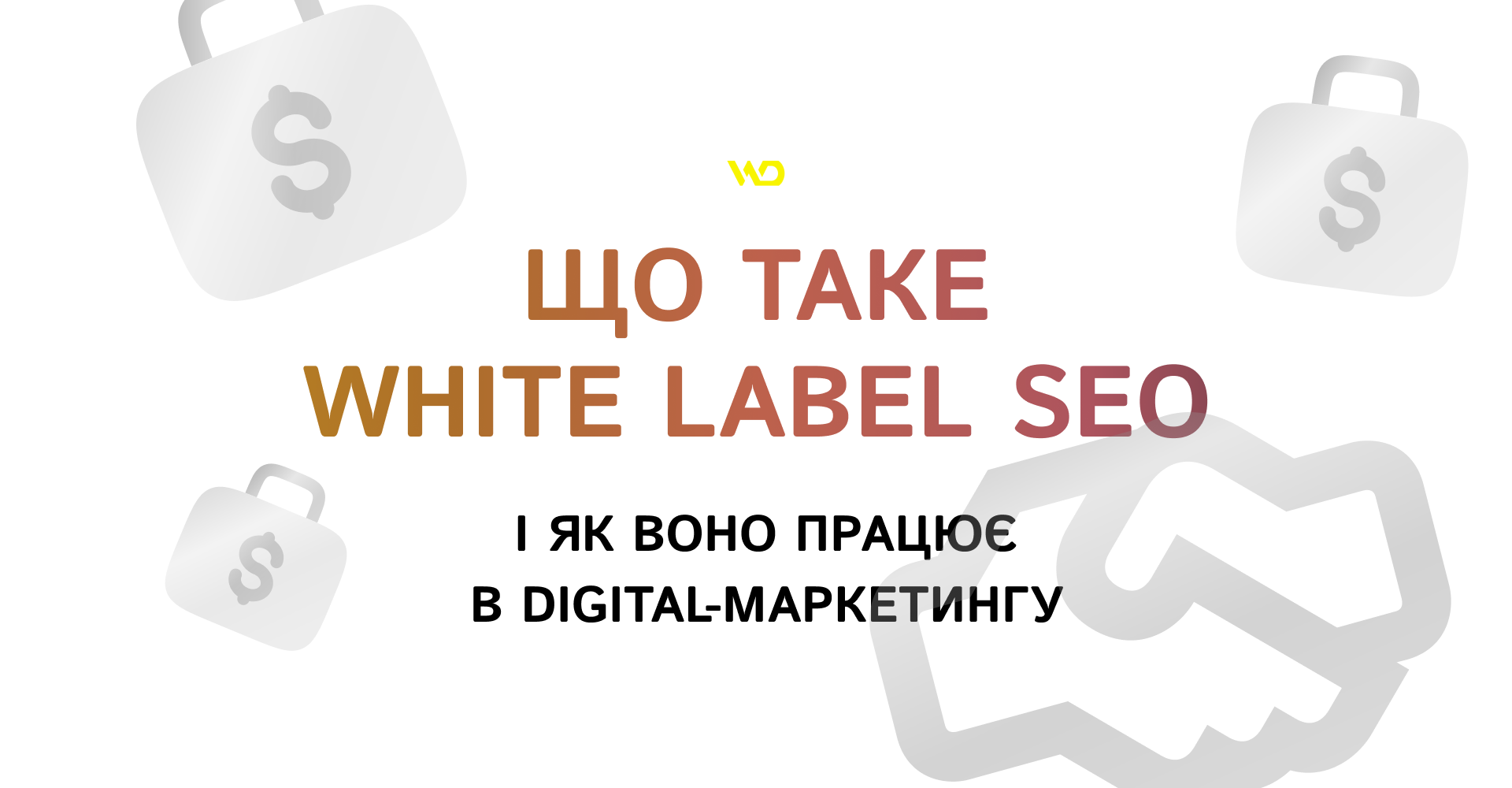
The demand for comprehensive digital services is growing faster and faster. In such conditions, cooperation models that allow agencies to quickly expand their service portfolios without significant investments in staff or infrastructure become especially valuable. They allow you to remain competitive and respond quickly to changing market demands. That’s why White Label SEO is becoming a relevant topic – as a tool for business scaling, resource management, and improving customer service.
In this article, we will look at what White Label SEO is, how it works in practice, and what business benefits and risks it brings. We will also look at examples of application and how to choose a reliable partner to implement this model.
What is White Label SEO?
White Label SEO is a business model for providing search engine optimization services in which an external supplier provides an agency with ready-made SEO services, and the agency sells them under its own brand. In other words, the client interacts only with the agency, and the work is performed by another company. At the same time, the client does not know the name or brand of the contractor.
The main point of the model is to preserve the agency’s brand identity while using external expertise. The agency is responsible to the client for the full package of services, and the provider provides the technical and content components, tools and competence. This approach allows you to expand your service portfolio without creating internal teams in narrow specializations.
White Label SEO differs from simple outsourcing by the degree of «disclosure» of the partner: the White Label model tries to hide the fact of involving an external contractor from the end client, while in regular outsourcing it can be transparently indicated. The formats of cooperation vary – from individual one-time tasks to long-term support of the SEO component, but in all cases, the key condition is the same: the client receives service under the agency’s brand.
Who is White Label SEO for?
White Label SEO is a universal tool, but it is especially useful for certain types of businesses and service companies. Below is a clear list of those who benefit from this model and why.
- Marketing and advertising agencies without in-house SEO specialists.
If an agency sells comprehensive digital services but does not have an internal SEO team, White Label allows you to quickly add this product to your portfolio and close customer requests without hiring and training.
- Agencies that want to scale the range of services.
Companies that want to expand their offer (for example, add technical SEO, content optimization, or link building) but don’t want to build their own expertise from scratch find White Label a quick solution for testing and scaling.
- Small and medium-sized agencies with peak workloads.
When the staff is overloaded or urgent projects appear, an external White Label partner helps to realize the volume without losing quality and delaying deadlines.
- Consultants and freelancers offering integrated marketing.
Professionals who want to supplement their set of services with SEO support (without building their own infrastructure) can delegate the execution and sell the result under their own name.
- Service companies and SaaS products.
Businesses that want to offer additional optional services to their customers get the opportunity to monetize a new channel without the operational burden. For example, a platform for creating stores offers sellers an «SEO package» as an add-on. The implementation is performed by an external SEO provider, and the platform sells this package under its own brand.
- E-commerce and retailers testing new markets.
If you need to quickly launch SEO support for a new category or region, a partner provider will provide efficiency and knowledge of local features.
- Large agencies that outsource narrow specializations.
Even companies with their own SEO team may have tasks that require narrow competence (for example, a technical audit of a complex website). And White Label helps to connect experts on demand.
When the model is less suitable
White Label is not always the best solution for products with complex technical specifications that require deep integration with the client’s internal processes; see the section on risks.
Quick check: is White Label SEO right for you?
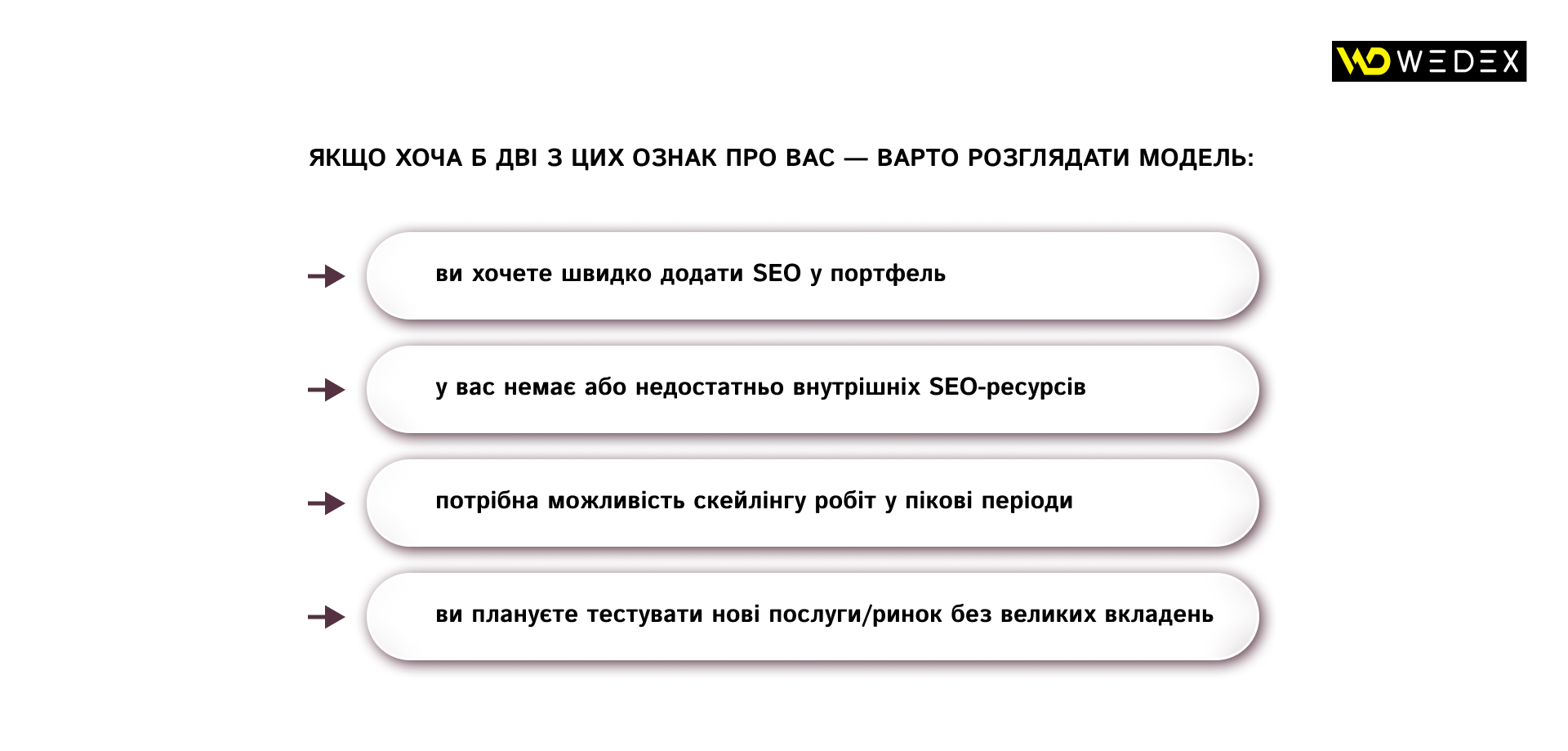
To understand the model not only theoretically but also in action, let’s take a look at a typical working scenario: how the task appears, how the provider performs it, and how the agency delivers the results to the client.
How White Label SEO works in practice
In White Label SEO, it is not the idea of partnership that is important, but well-established operational processes. They include the following stages:
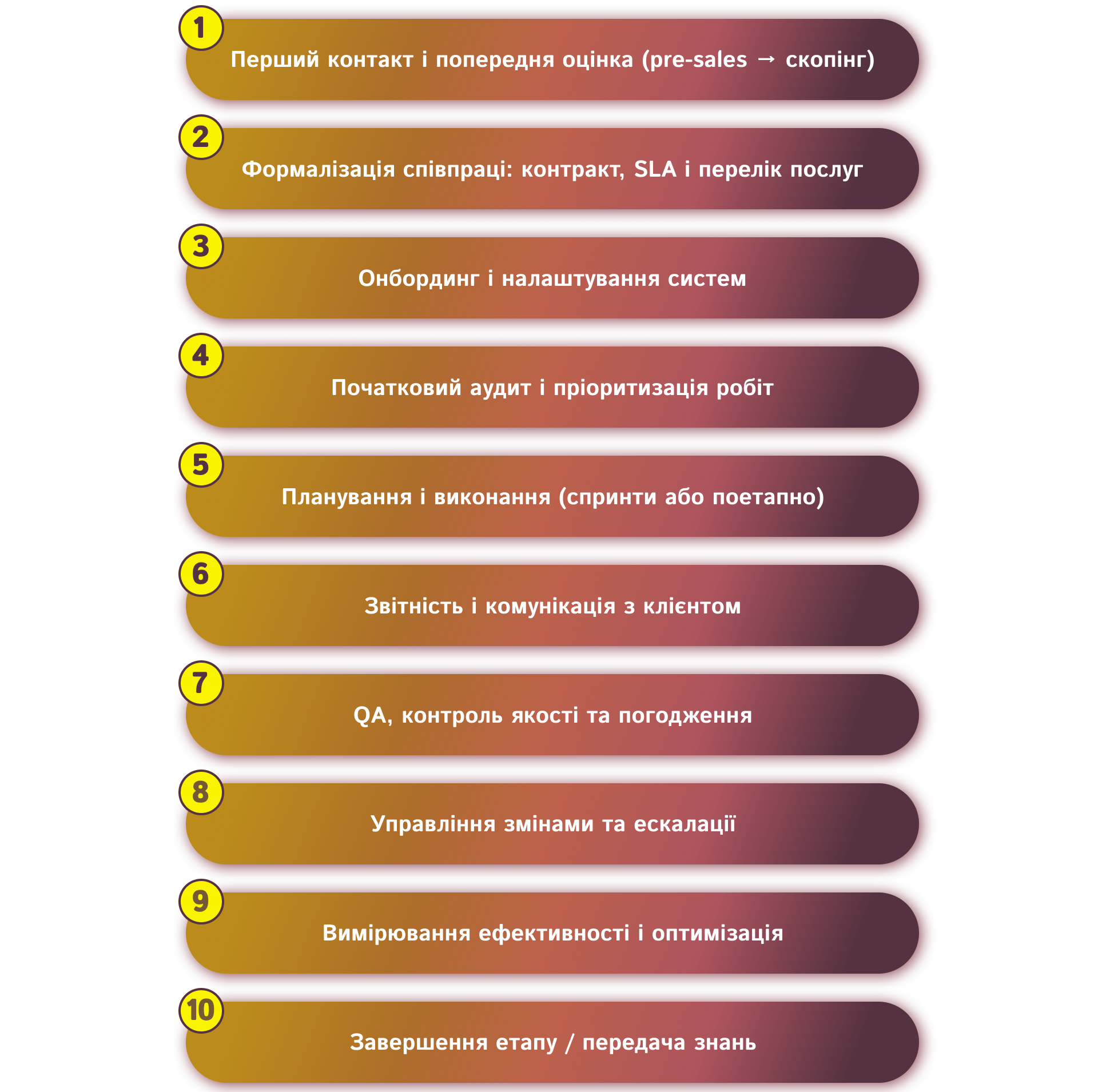
First contact and preliminary assessment (pre-sales → scoping)
After receiving a request, the agency or client sends basic information (goals, access, expected KPIs). The provider conducts a quick check (pre-audit) – a superficial technical inspection, basic analysis of visibility and competitors, and resource assessment. The result is a short document with an approximate scope of work, deadlines, and an estimated price.
Practical advice: agree on the format of the pre-audit (2-4 pages) and the response time (48-72 hours). This speeds up the decision-making process.
Formalizing cooperation: contract, SLA, and list of services
After agreeing on the scope, sign a contract and annexes:
- SLA (service level agreement): expected terms of tasks, response time to questions, guarantees.
- Scope of Work: a clear list of deliverables (audit, list of technical tasks, content plan, link building, etc.)
- branding terms: how reports are designed (agency logo), confidentiality clauses (NDA) and the policy of mentioning contractors.
- final payment scheme: retainer, phased payment, pay-per-result, or fixed project.
Practical advice: write down the minimum timeframe in the SLA (for example, response to a request – 24-48 hours, regular report – by the 3rd day of the month).
Onboarding and system setup
If the contract is signed, then onboarding is the next step:
- exchange of accesses (Google Search Console, Analytics, hosting/FTP, CMS), setting up access rights;
- creation of working tools: project in a task tracker (Jira, Trello, Asana), shared folders (Drive), report templates;
- agreeing on a communication model (key contacts, frequency of meetings, channel – Slack/Telegram/Email).
Practical advice: use a pre-prepared template with all the necessary accesses and contact details – this reduces mistakes at the start.
Initial audit and prioritization of work
The provider performs a detailed technical, content, and external audit. Standard list of deliverables of the initial phase:
- Technical audit: indexing errors, speed, mobile adaptation, URL structure.
- Content audit: page survey, duplicate content, semantic gaps.
- Link analysis: backlink profile, risks.
- Priority work plan with an estimate of complexity and estimated timeframe.
Practical advice: divide the tasks into «critical», «important», and «long-term» so that the agency can present a consistent plan to the client.
Planning and execution (sprints or phasing)
The work is usually organized in sprints (2-4 weeks) or in phased deliverables: technical edits → content optimization → link building → monitoring. Each sprint has a list of tasks, people in charge, deadlines, and completion criteria.
Practical advice: use the RACI matrix (Responsible, Accountable, Consulted, Informed) for key processes – this removes the question of «who is responsible».
Reporting and communication with the client
The reporting format is one of the key elements of the White Label model, as the agency delivers it under its own brand. Recommended report structure:
- short executive summary (what has been done, what is changing);
- key metrics (impressions, clicks, positions, conversions);
- a list of completed tasks and a plan for the next period;
- risks and recommendations.
The working rhythm usually includes weekly calls or meetings with the agency manager, preparation of monthly reports for the client, and quarterly strategic sessions.
Practical advice: use dashboards (Data Studio, Looker) with live data and save a PDF version of the report in the agency’s branded template.
QA, quality control and approval
Before any result is demonstrated to the client, the provider conducts QA/verification: technical edits are tested in staging, content is checked for uniqueness and compliance with the tone of voice, links are checked for relevance and security.
Practical advice: set a rule of «no more than N changes without re-approval» to avoid endless revisions.
Change management and escalation
You need a mechanism for processing change requests (additional tasks, changes to the SOW). Each request is registered, estimated in terms of time and cost, and approved by the agency. For critical problems, an escalation procedure is used: SLA contact, response time, backup resources.
Practical advice: specify the procedure for change requests in the contract to avoid misunderstandings.
Performance measurement and optimization
In addition to regular reports, it is important to set up end-to-end analytics. Use UTM tags, goals in Google Analytics, and CRM integration with analytics to track not only the quantity but also the real value of the traffic you receive. Based on the data, the provider adjusts priorities (for example, more efforts on content or technical SEO).
Practical advice: agree on a set of KPIs at the start and the minimum time to get statistically significant results (usually 3-6 months, depending on the niche).
Completion of the stage / transfer of knowledge
At the end of the project or at the handover stage, the client needs to transfer all accesses, documentation, best practice guides, and checklists for internal support. If the partnership is long-term, periodic trainings for the agency team on updated methods are relevant.
Practical advice: Prepare a project handover package – a concise set of documents and a recording with a step-by-step explanation so that the new team can quickly understand all the details.
A well-developed operating model is not an end in itself, but a tool: it turns an agreement with a provider from a risky experiment into a predictable, controlled, and easily scalable service. It is the clear organization of processes that ensures that the client receives a quality result under the agency’s brand, not a «package of incomprehensible work».
Now we can move on to the business side of the issue: let’s look at the specific benefits that White Label SEO provides for agencies and their clients. Benefits for business White Label SEO provides companies with not only a new tool for working with clients, but also specific business results that can be measured. Here are the key benefits: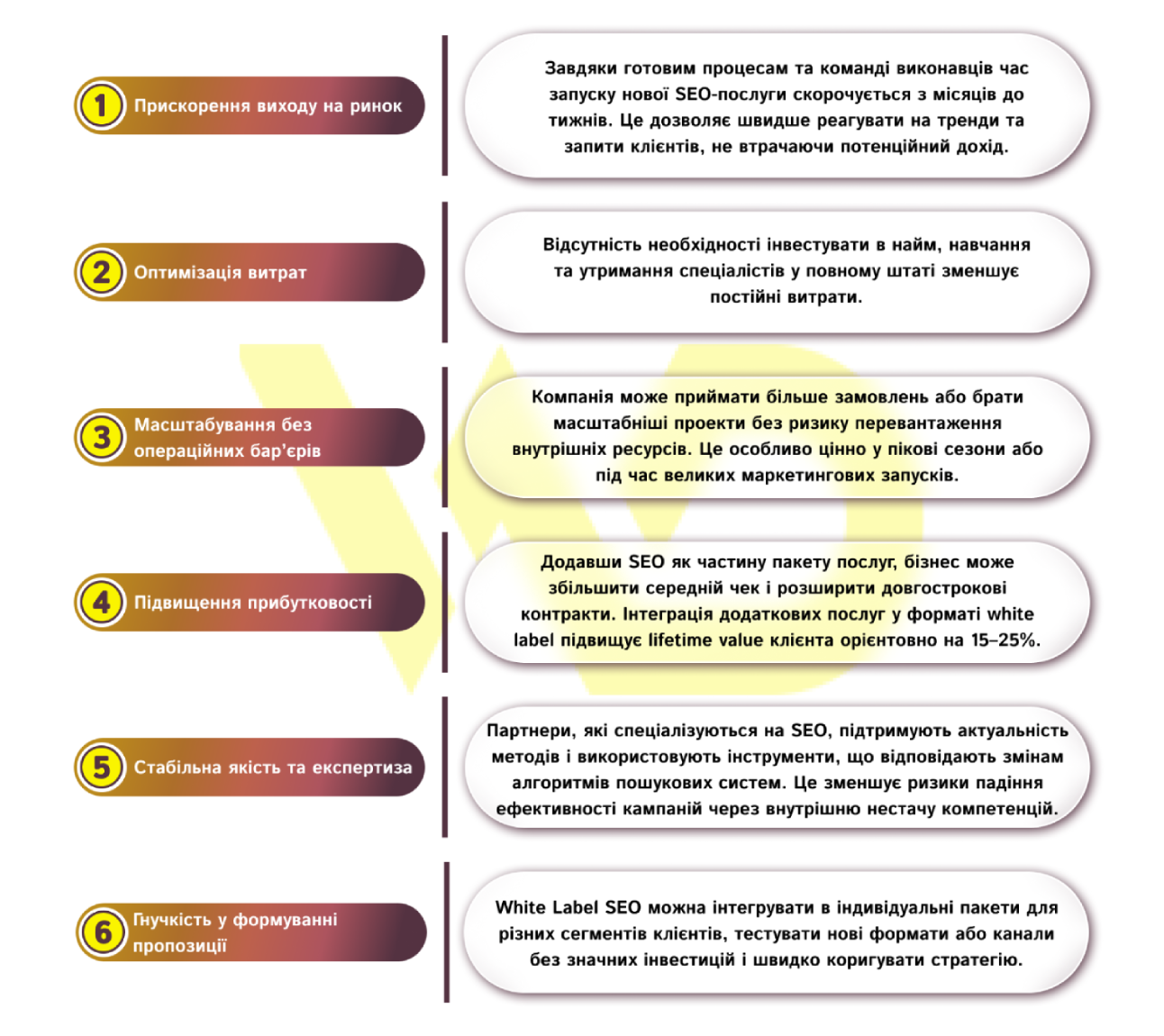
Thus, this model works not only as a tactical tool for expanding services, but also as a strategic lever for increasing profitability and competitiveness. The next step is to consider the key risks and challenges that may arise when working in the White Label SEO format.
Potential risks and ways to avoid them
The White Label SEO model offers many benefits to businesses, but it also requires a balanced approach to management.
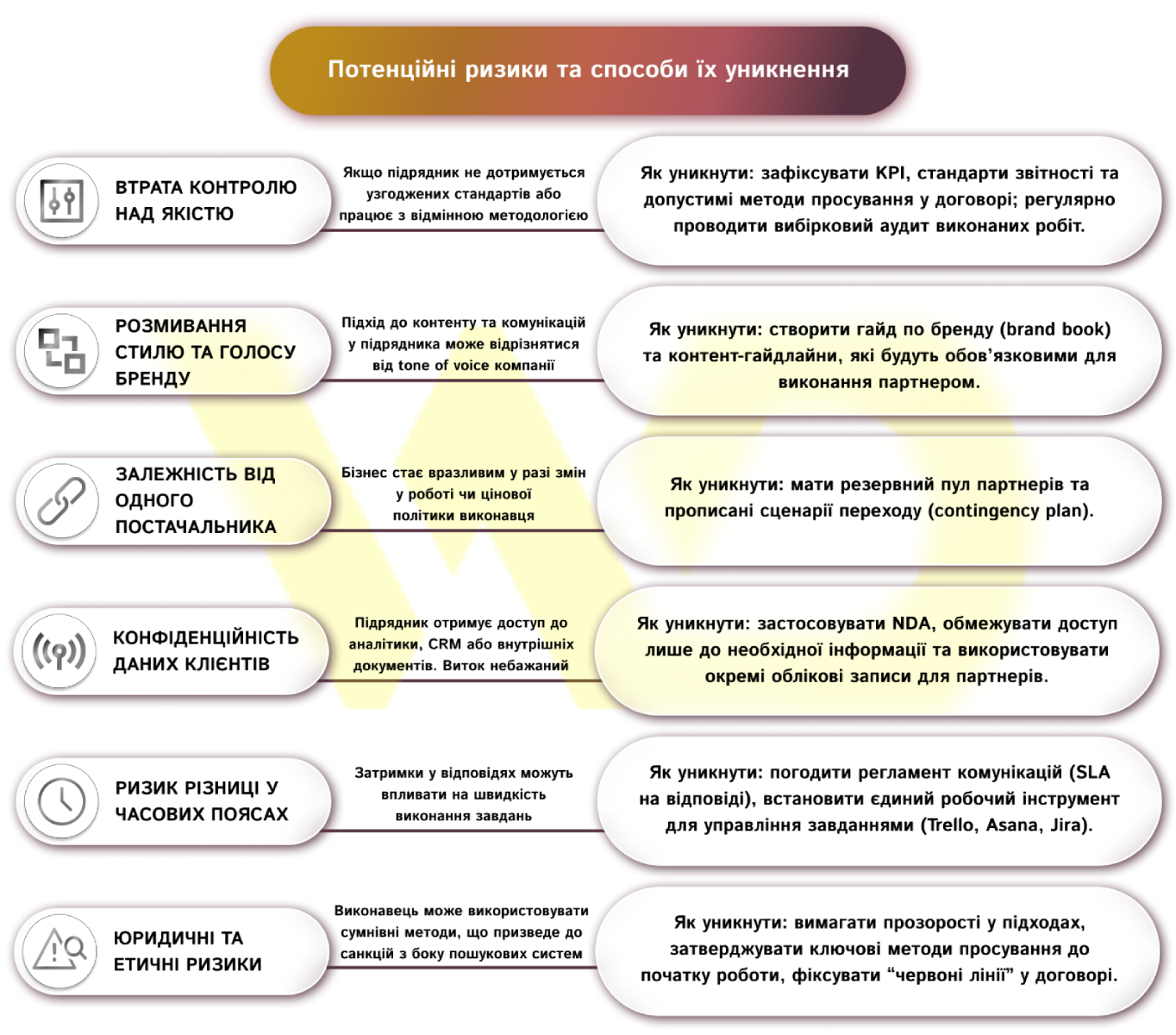
White Label SEO risk management is a balance between trust and control. Timely established rules and standards allow you to maintain the flexibility of the model without sacrificing safety and quality.
Global and Ukrainian examples
White Label SEO is widely used by agencies around the world as an effective way to scale a business without significant investments in staff and infrastructure. For example, the American agency SEOReseller specializes in providing White Label SEO services for partners, which allows them to expand the range of services and increase revenues. Customer feedback and case studies confirm that this model helps to improve the quality of service and business growth.
A 2023 Moz study showed that agencies using White Label SEO can increase ROI by 20-30% by optimizing internal processes and reducing costs. And HubSpot notes in its marketing research that White Label SEO is especially useful for agencies operating in international markets, as it allows them to quickly adapt local strategies without expanding teams.
Features of application in Ukraine
In Ukraine, the White Label SEO model is also gaining popularity, especially among small and medium-sized agencies that seek to expand their range of services without additional staff costs. At the same time, the Ukrainian market has its own peculiarities: high competition, dynamic changes in search engine algorithms, and the specifics of local business.
According to Ahrefs, local platforms that have implemented White Label SEO solutions have increased organic traffic by 35-45% in six months, which has had a positive impact on sales and brand awareness.
White Label SEO remains a flexible and effective tool for the development of digital agencies in both the international and local markets. The right combination of high-quality partnership, adaptation to the specifics of the region, and constant monitoring of results allows you to expand the range of services and significantly increase the competitiveness of your business.
Prospects for the development of White Label SEO
White Label SEO is actively adapting to technological trends and changes in digital marketing. Automation of routine processes and the use of artificial intelligence allow you to optimize strategies, improve the quality of services, and scale your business without losing efficiency. Analytics and big data provide a deeper understanding of the audience and competitors, which contributes to personalization and accurate targeting.
Integration with other digital services, such as PPC, content marketing, and UX/UI, creates channel synergies and increases campaign efficiency. Demand for White Label SEO will grow, especially among small and medium-sized agencies, while increasing competition and driving innovation. Automation and AI will continue to transform the industry, making processes more transparent and efficient.





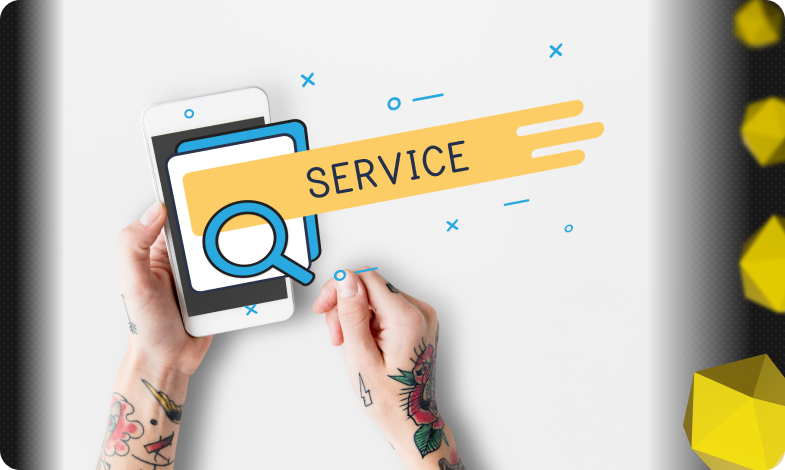

 09/10/2025
09/10/2025  1011
1011


